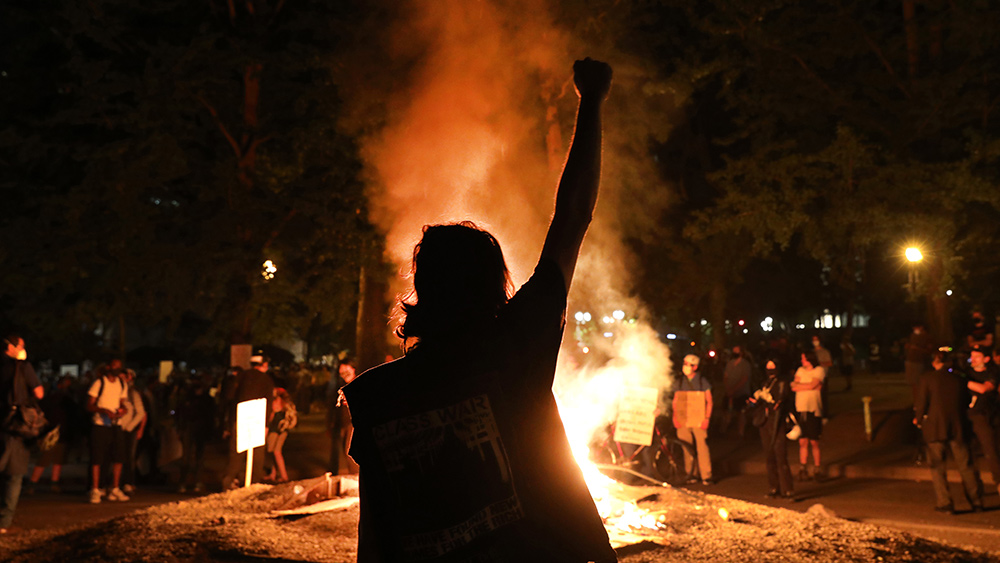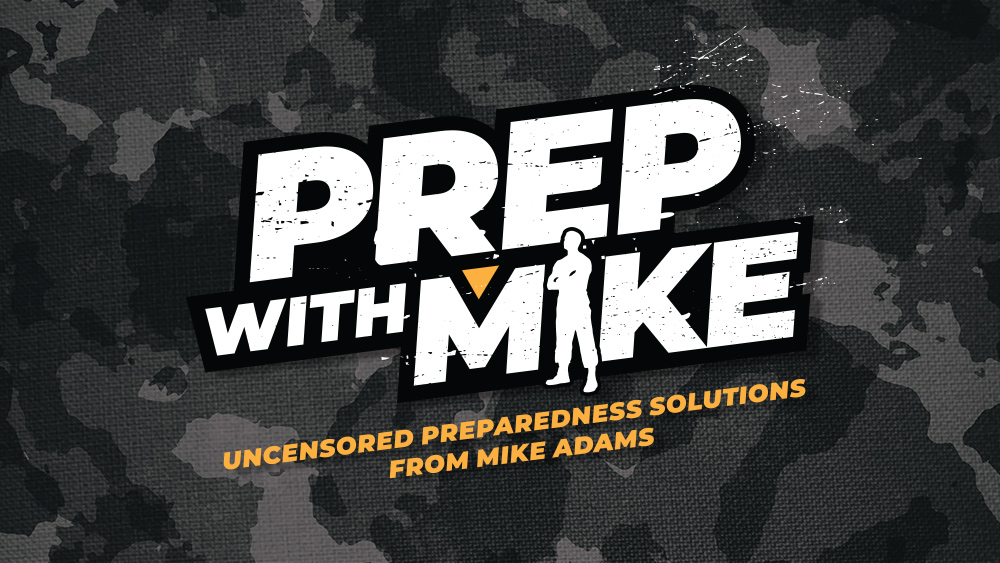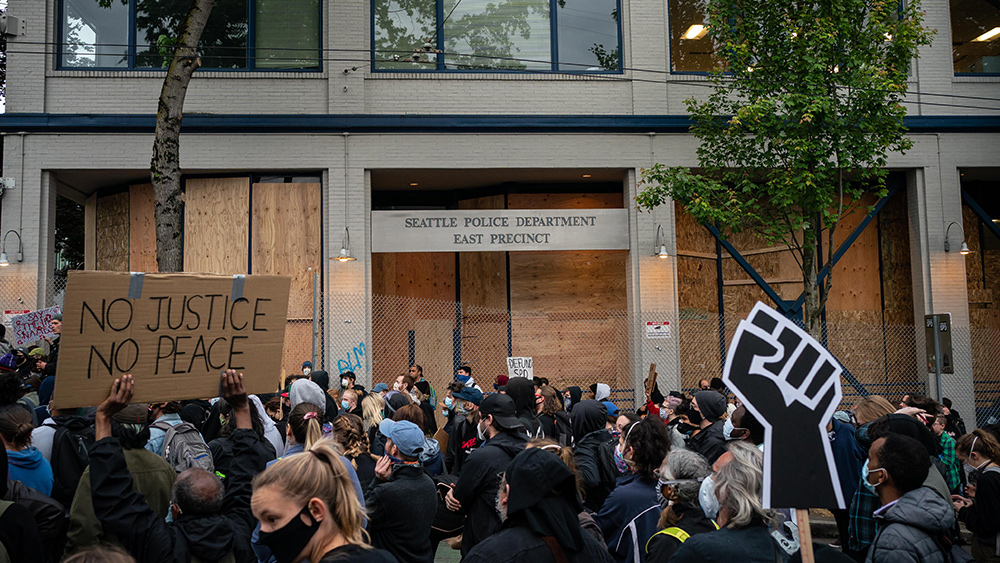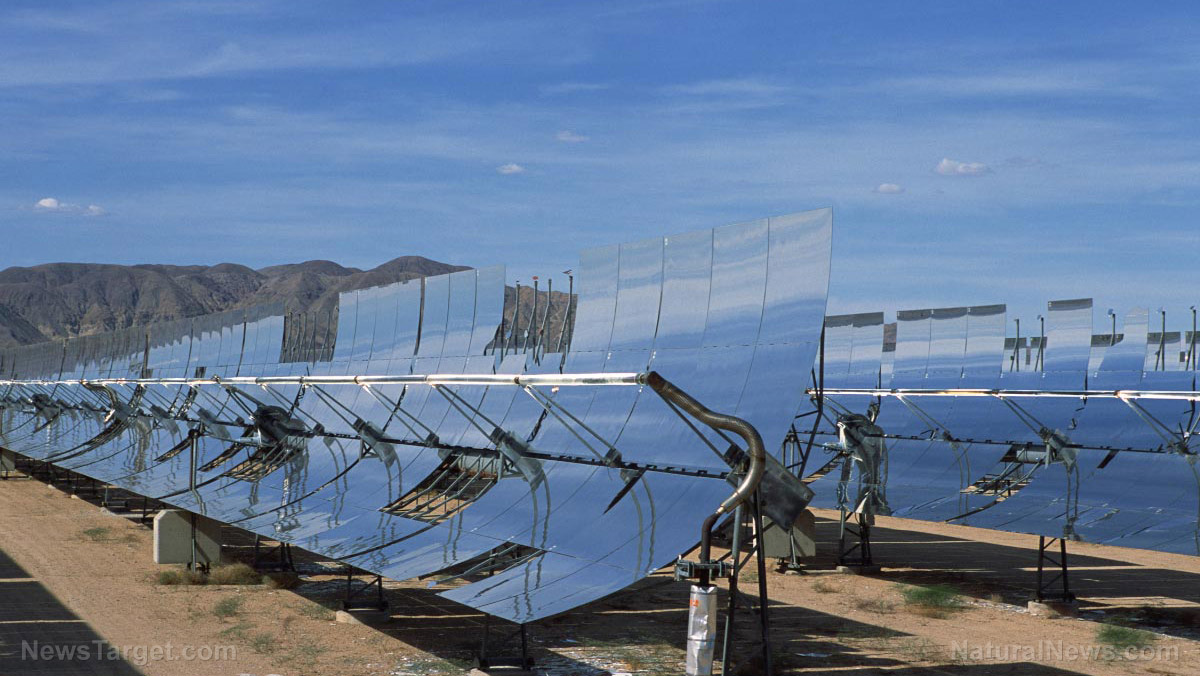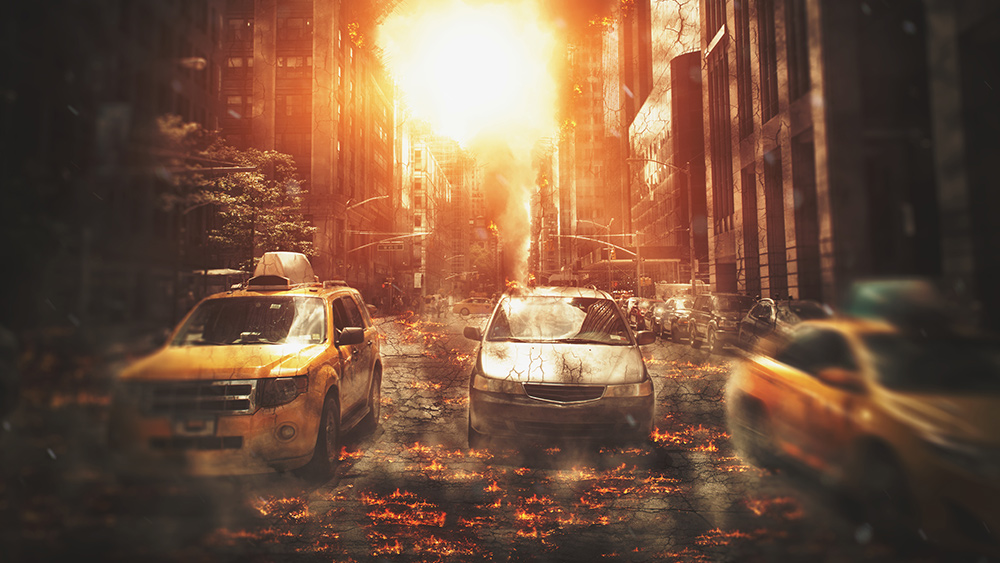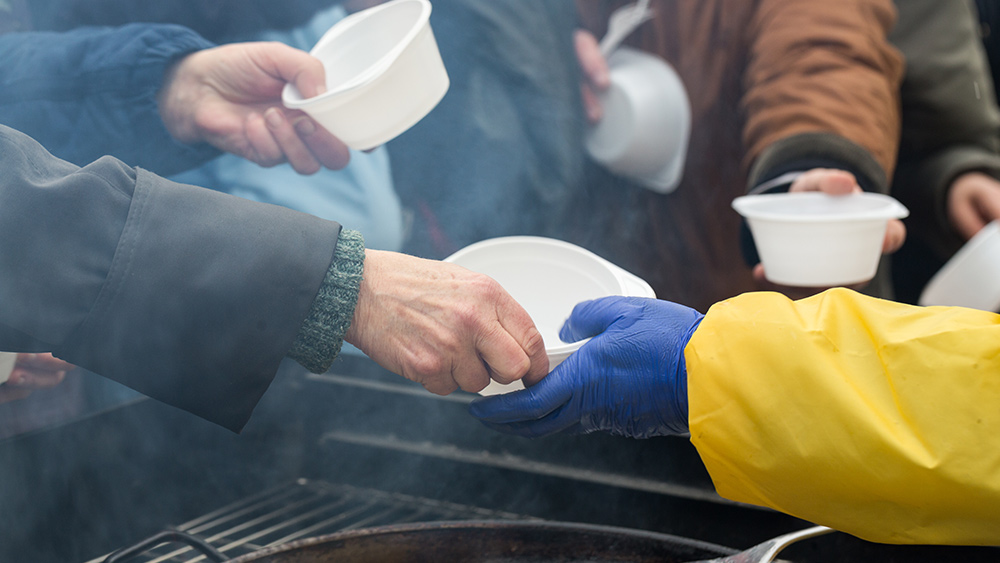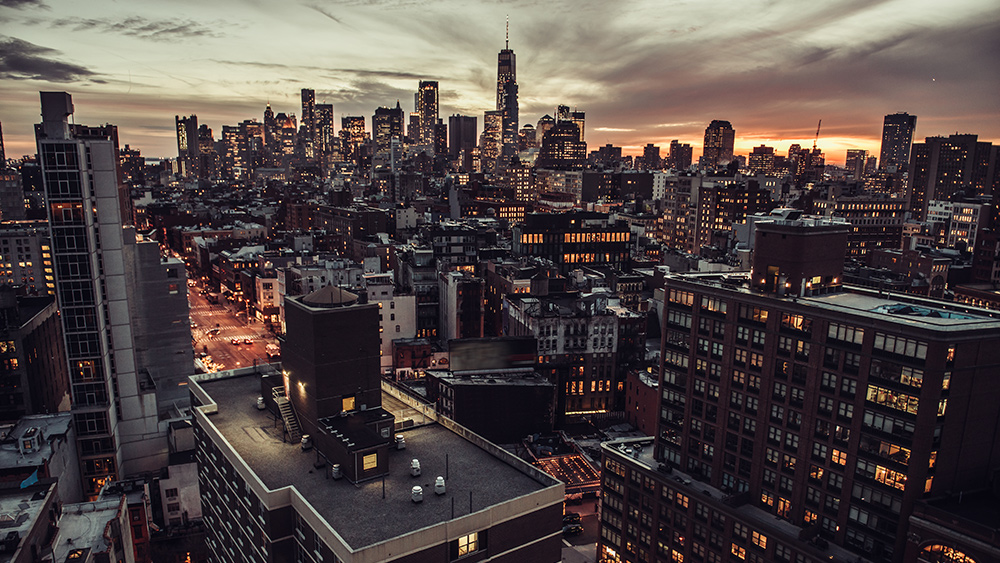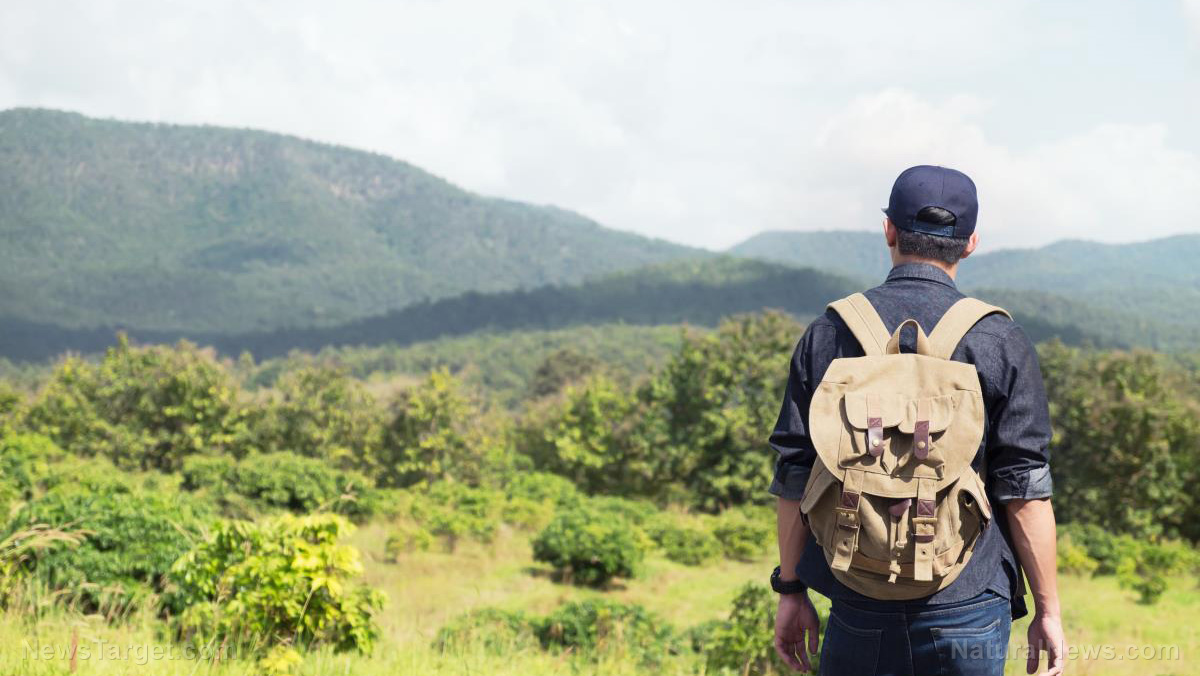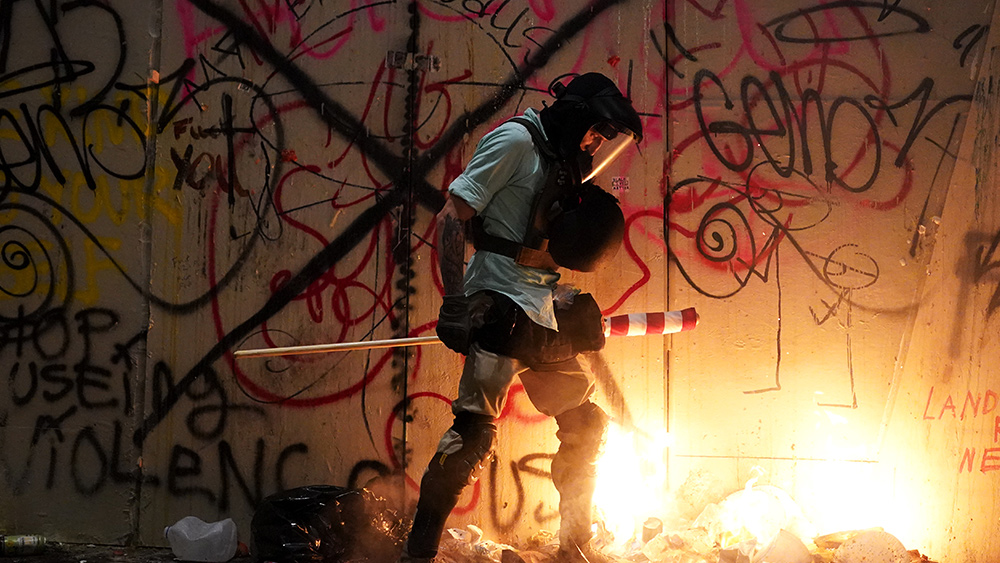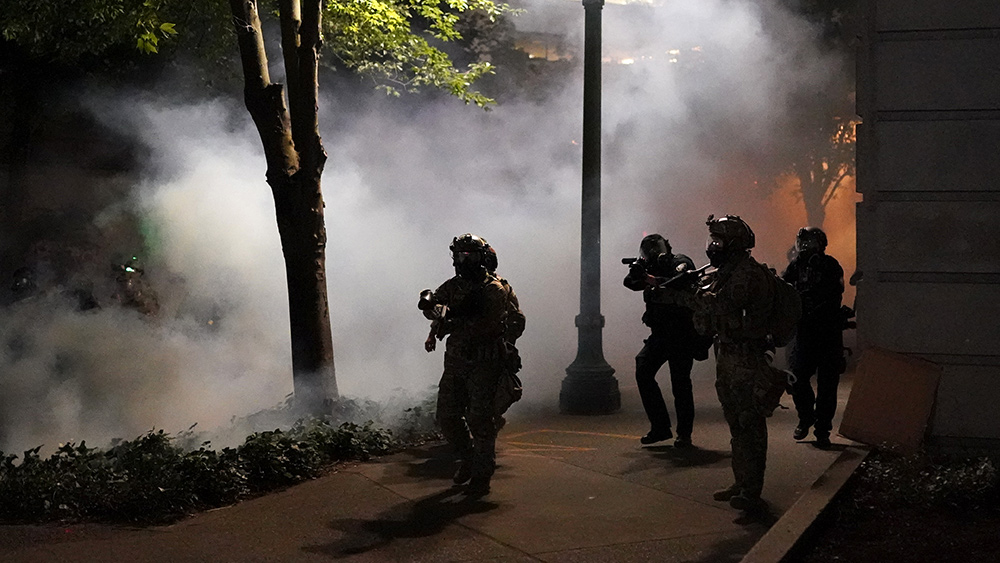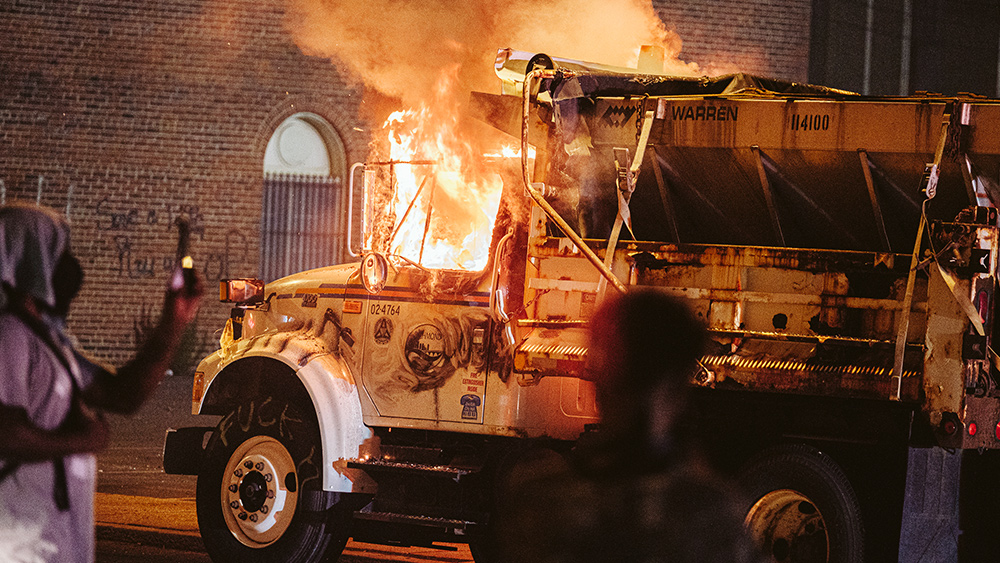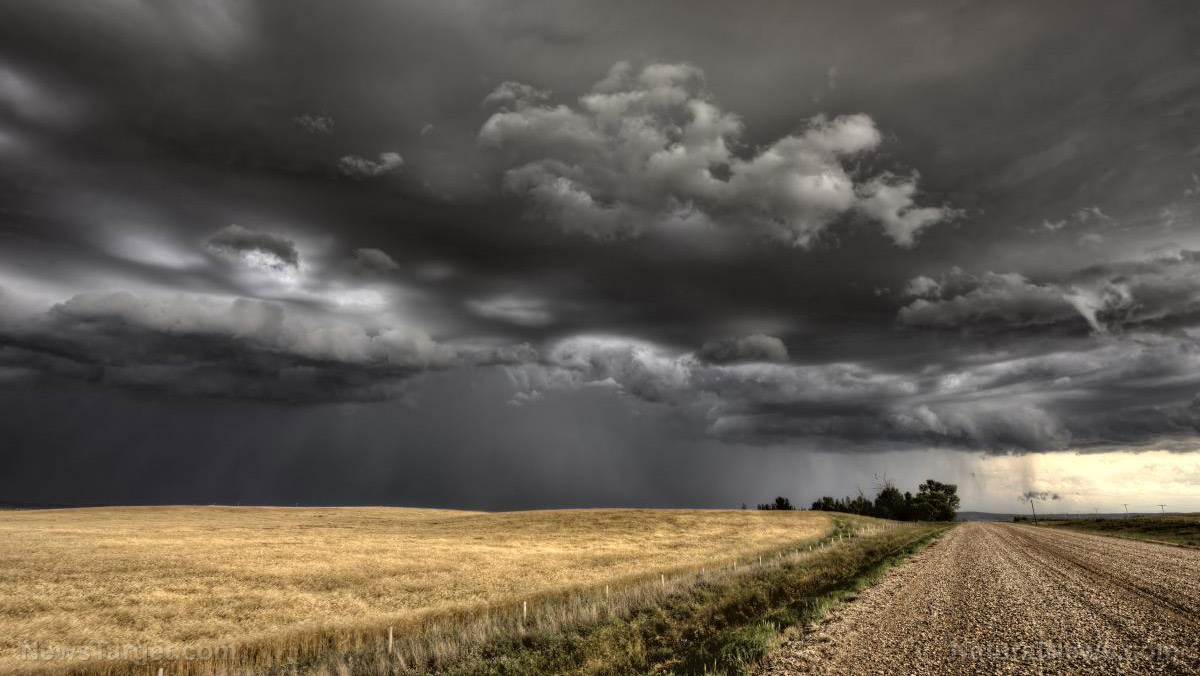Thousands forced to evacuate as wildfires blaze across California
08/20/2020 / By Divina Ramirez
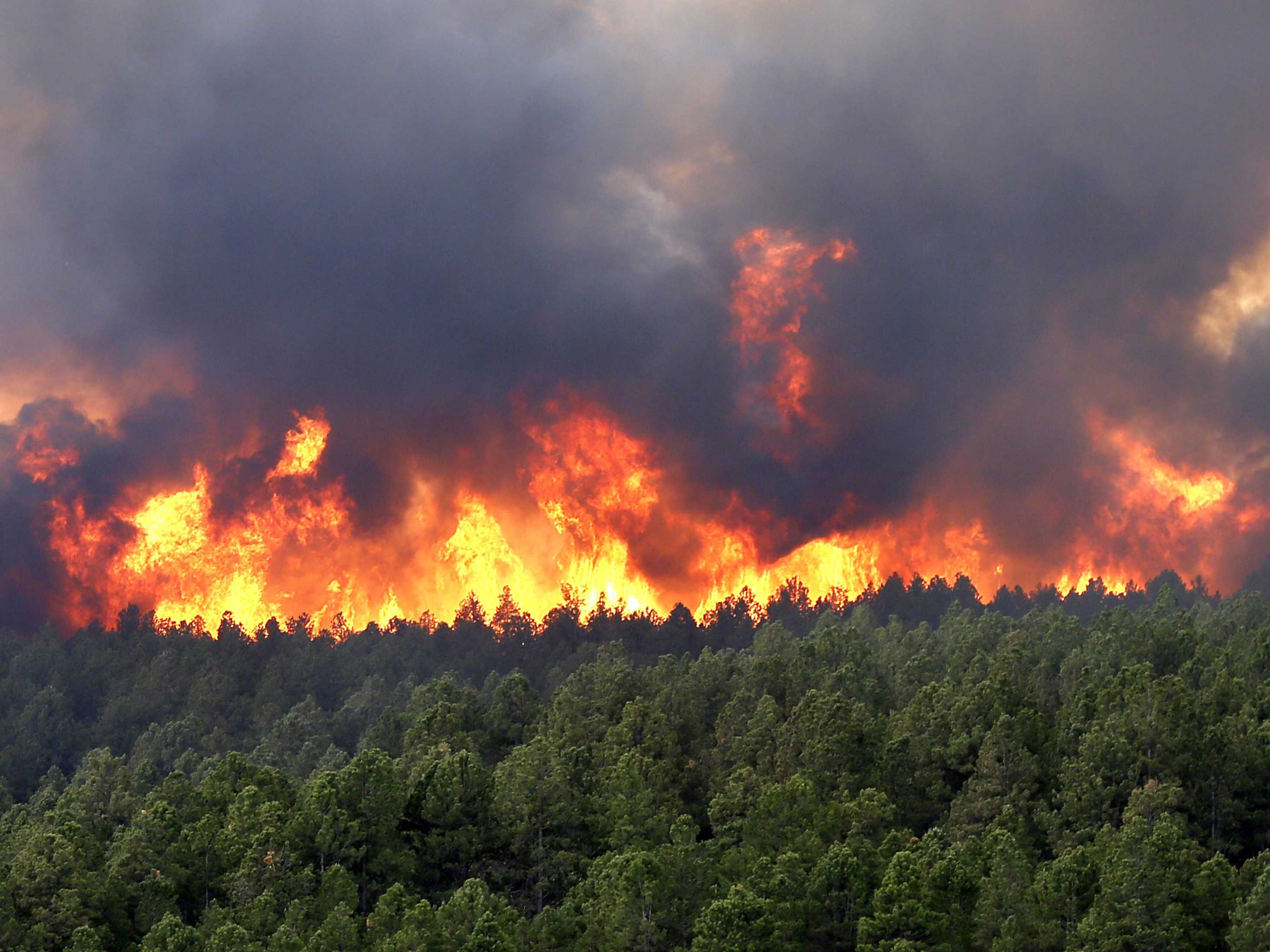
More than 360 fires tore across California on Wednesday, amid a record-breaking heatwave and unusual lightning storms that began early Sunday.
Despite around 6,900 firefighters and emergency personnel responding to the fires, California asked for additional fire engines and hand crews from neighboring states, a spokesman from the California Department of Forestry and Fire Protection Agency (CAL FIRE) told The Wall Street Journal.
Strong gusts of wind spread the roaring fires throughout northern California, prompting local authorities to issue evacuation orders across communities surrounding San Francisco.
Fire officials also reported that about 1,900 homes in the area were under threat of the blazes, and about 50 had already been destroyed. This number is expected to climb as wildfires continue to advance.
People in Sonoma and Napa counties were also ordered to evacuate as residents as far east as Stockton and Fresno reported ash fall and hazardous smoke.
Fire officials said that lightning storms, which began early Sunday, had sparked most of the fires across the state. The storms had caused almost 11,000 lighting strikes in just 72 hours, a historic record-high.
Hundreds of forest fires and major infernos seen across California
State officials said that 23 of the 367 fires caused by the lightning storms are major infernos. Firefighters were hard-pressed to control these wildfires, which grew exponentially overnight.
In Vacaville near Sacramento, about 100,000 residents were under partial evacuation orders as a combination of small and major fires overtook homes in the area.
That group of fires, called the LNU Lightning Complex, had grown to 46,225 acres with zero containment and stretched across five counties.
The wildfires have also stretched resources thin. “We are sharing resources up and down the state as there are many large fires that are turning in different counties,” said Fire Incident Commander Chief Sean Kavanaugh.
East of San Francisco, another group of fires, called the SCU Lightning Complex, had grown to 85,000 acres across five counties.
Further south, the CZU August Lightning Complex, which spanned 25,000 acres with zero containment, also threatened to engulf homes and prompted urgent evacuations in the Santa Cruz and San Mateo counties. This third combination of fires also proved to be among the most challenging for firefighters because of the steep terrain and dense vegetation, according to CAL FIRE forester Sarah Collamer.
Together, the wildfires have burned more than 300,000 acres across the state, CAL FIRE spokesman Jeremy Rahn told The New York Times.
Longer fire seasons, higher temperatures are culprits behind recent fires
The 2020 fire season has produced more fires than last year, said California Governor Gavin Newsom. The state has recorded 6,754 fires so far compared with the 4,007 fires last year during the same time frame.
Moreover, California has been in the middle of a long and intense heatwave even before the fires began, leaving experts with little to no doubt about the cause of the fires.
Local authorities also suspect that overgrown forests and housing construction in fire-prone areas had contributed to the rapid spread of the fires.
According to Max Moritz, a fire specialist from the University of California, Santa Barbara, “There’s no simple problem and no simple answer. It’s all of these things mixed together.”
Experts have also noted that California’s fire season is now 75 days longer than it used to be four decades ago.
Moreover, records show that in the last decade alone, California has seen 10 of its most destructive fires, seven of its largest and five of its deadliest.
Rising temperatures, drier summers and longer fire seasons, therefore, make wildfires more frequent and expand the window when the state can experience these events.
In addition, California’s growing population means that fires can consume more homes, structures and buildings and spread faster across much larger areas than before.
Pandemic complicates fire response
While fighting the numerous fires in the midst of a pandemic, firefighters have been wearing masks and avoiding close contact with residents.
However, the ongoing COVID-19 pandemic has left California in need of more firefighters due to lockdowns in prisons, where the fire department usually gets some backup. The pandemic has also complicated evacuation plans and strategies due to concerns about transmission risk among evacuees.
Scientists have taken to calling the combined threats of COVID-19 and the recent wildfires as compound disasters. Jennifer Balch, an associate professor at the University of Colorado Boulder and the director of the Earth Lab Project, said that both disasters require solutions that are in direct conflict with each other.
“COVID-19 is forcing us outside to reduce transmission risk while extreme wildfire smoke is forcing us back inside where the air is better,” explained Balch. “People are running out of options to cope under the weight of compound disasters.”
Prior to the fires, the state-wide heatwave caused power outages and blackouts, as people who were staying indoors due to COVID-19 turned their air conditioning units to full blast to combat the sweltering heat. This put a strain on the state’s power grid and forced California officials to call for rolling blackouts.
And now, with ash raining down and the acrid smell of smoke hanging over the entire state, experts have expressed concern about the safety of COVID-19 patients, as ash and smoke can exacerbate their symptoms. (Related: Coronavirus harms the brain and nervous system of one in three patients.)
Experts also say that diagnosing COVID-19 in light of the recent fires may become more difficult since both the disease and smoke exposure can cause coughs, headaches and shortness of breath.
Learn more about the environmental impact of wildfires at Environ.news.
Sources include:
Tagged Under: ash fall, California, coronavirus, covid-19, current events, disaster, emergency, environment, evacuations, fire season, fires, forest fires, heat wave, lightning storms, natural disasters, pandemic, smoke, wildfires
Get independent news alerts on natural cures, food lab tests, cannabis medicine, science, robotics, drones, privacy and more from NewsTarget.com
Get independent news alerts on natural cures, food lab tests, cannabis medicine, science, robotics, drones, privacy and more from NewsTarget.com
RECENT NEWS & ARTICLES
SHTF.News is a fact-based public education website published by SHTF News Features, LLC.
All content copyright © 2018 by SHTF News Features, LLC.
Contact Us with Tips or Corrections
All trademarks, registered trademarks and servicemarks mentioned on this site are the property of their respective owners.

